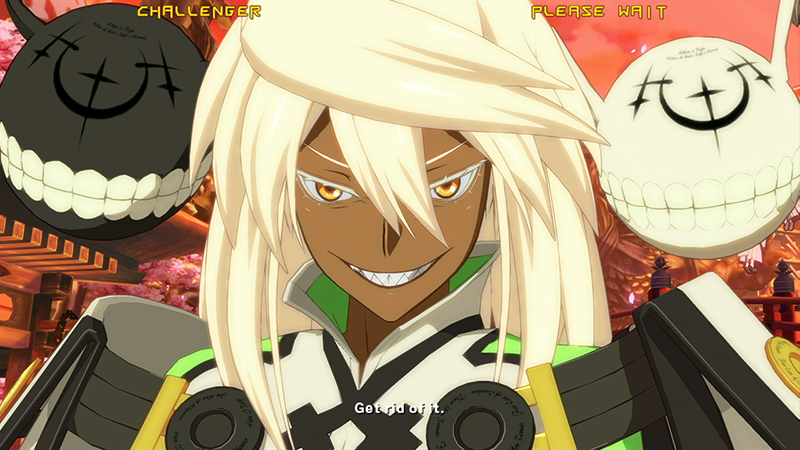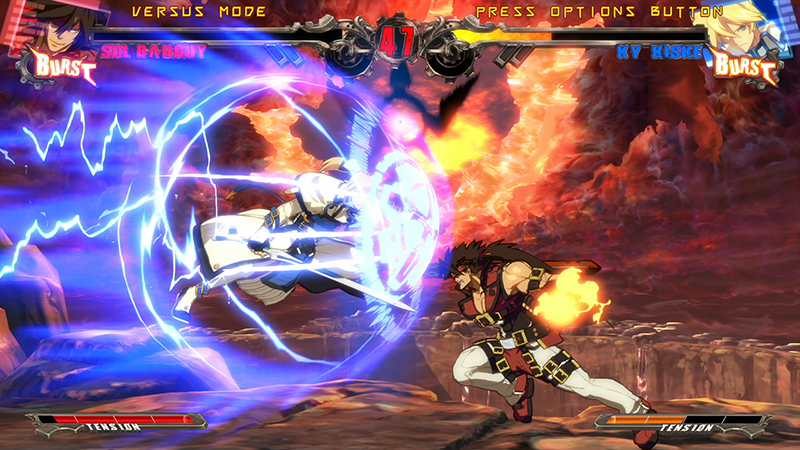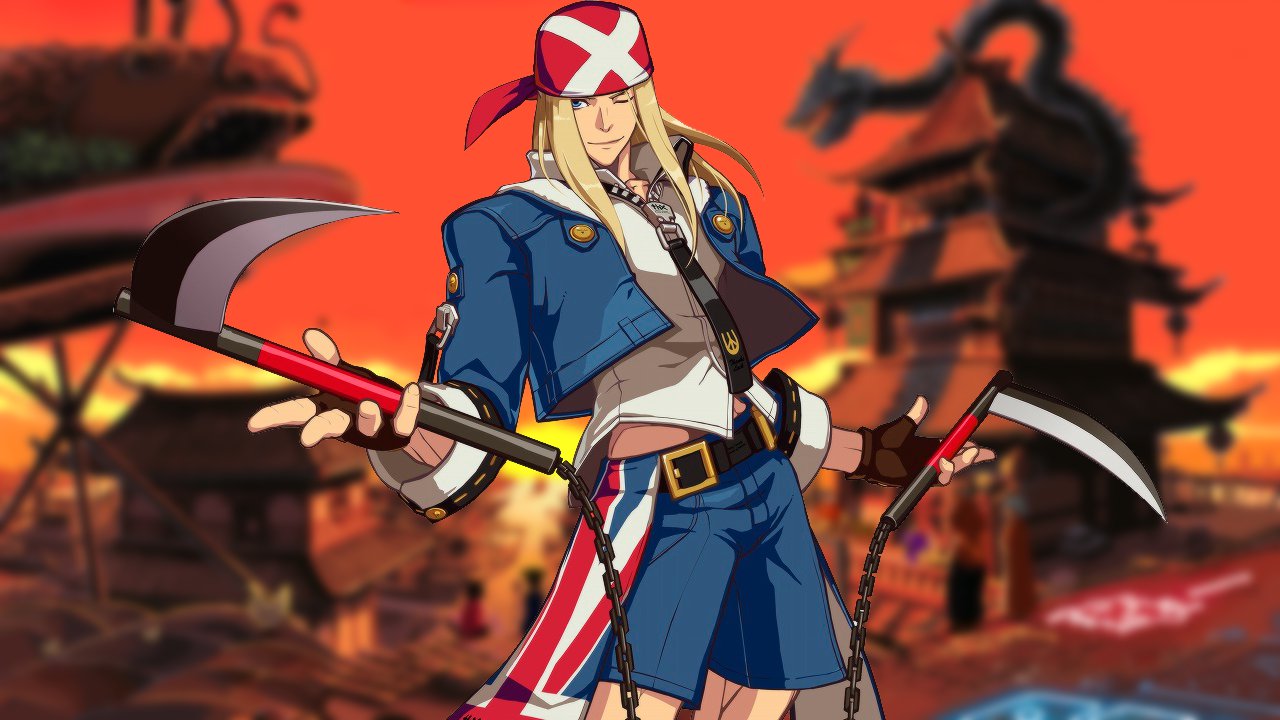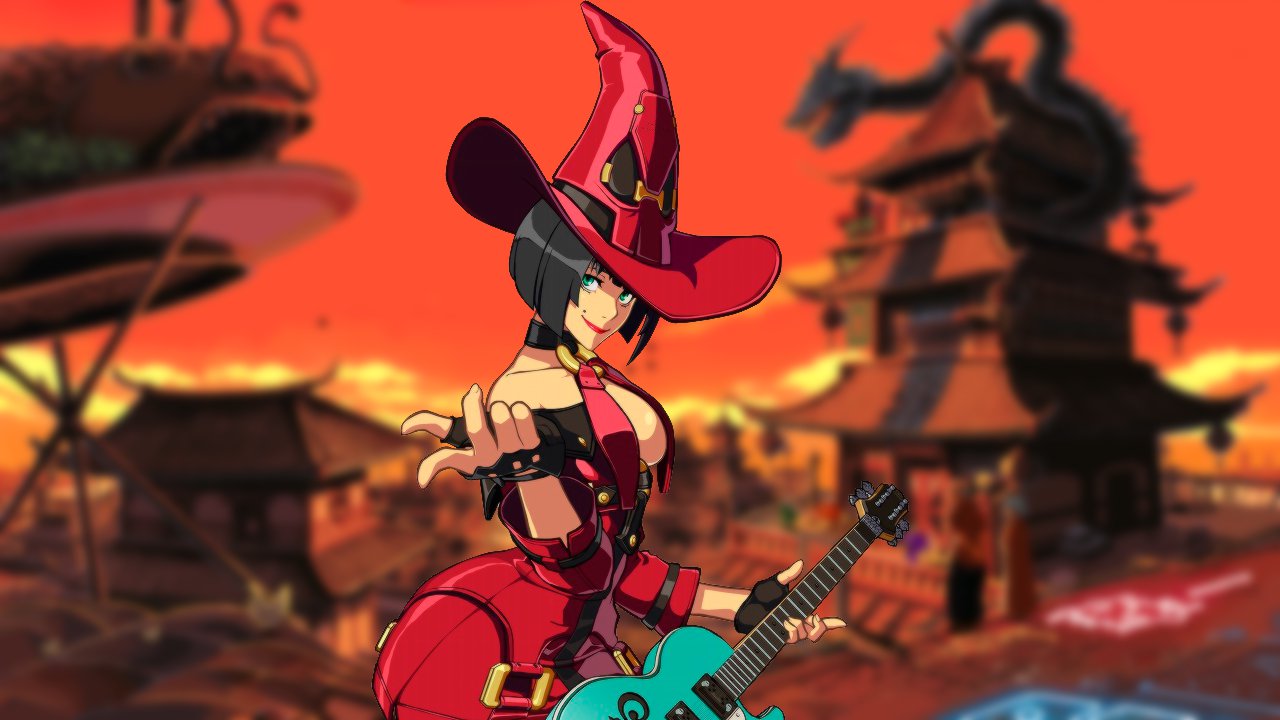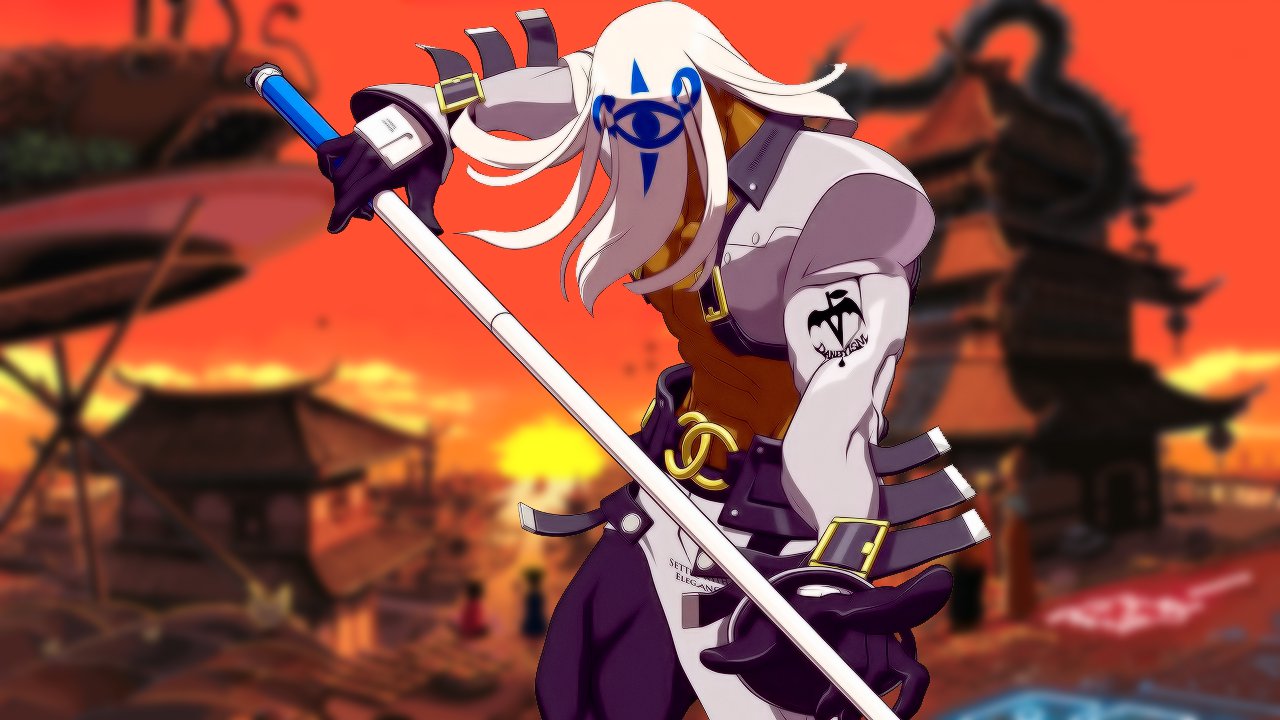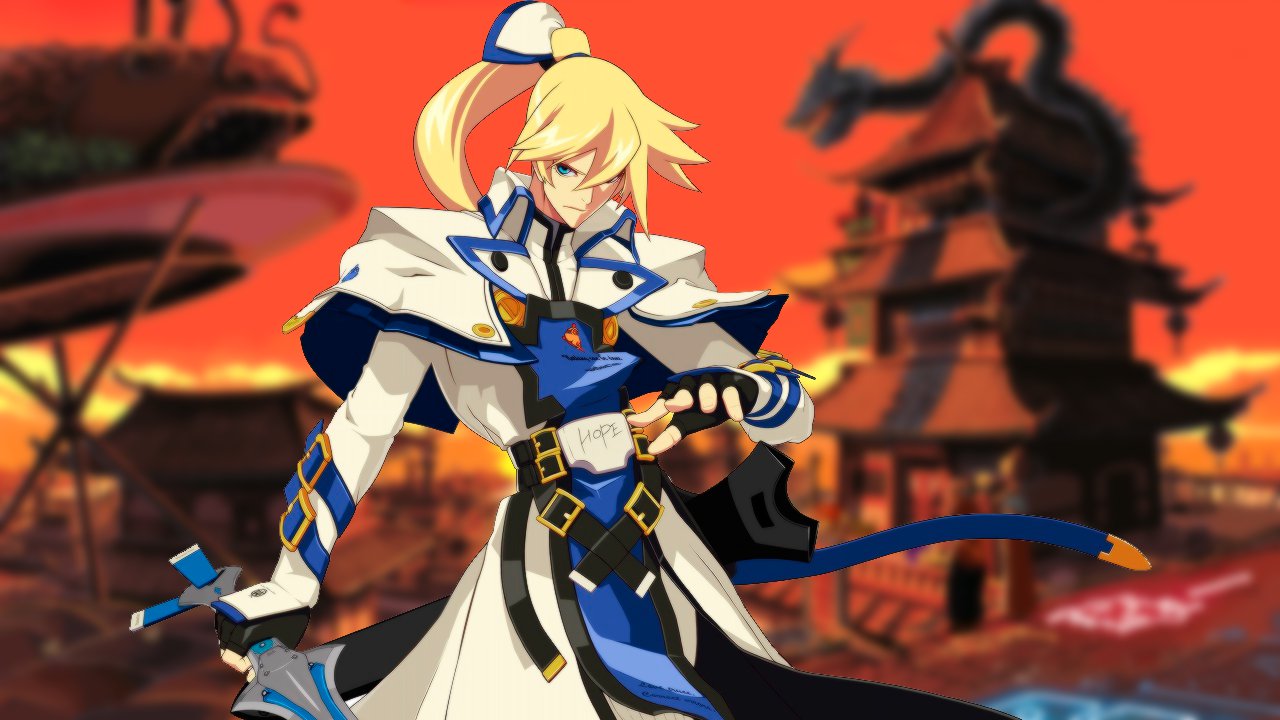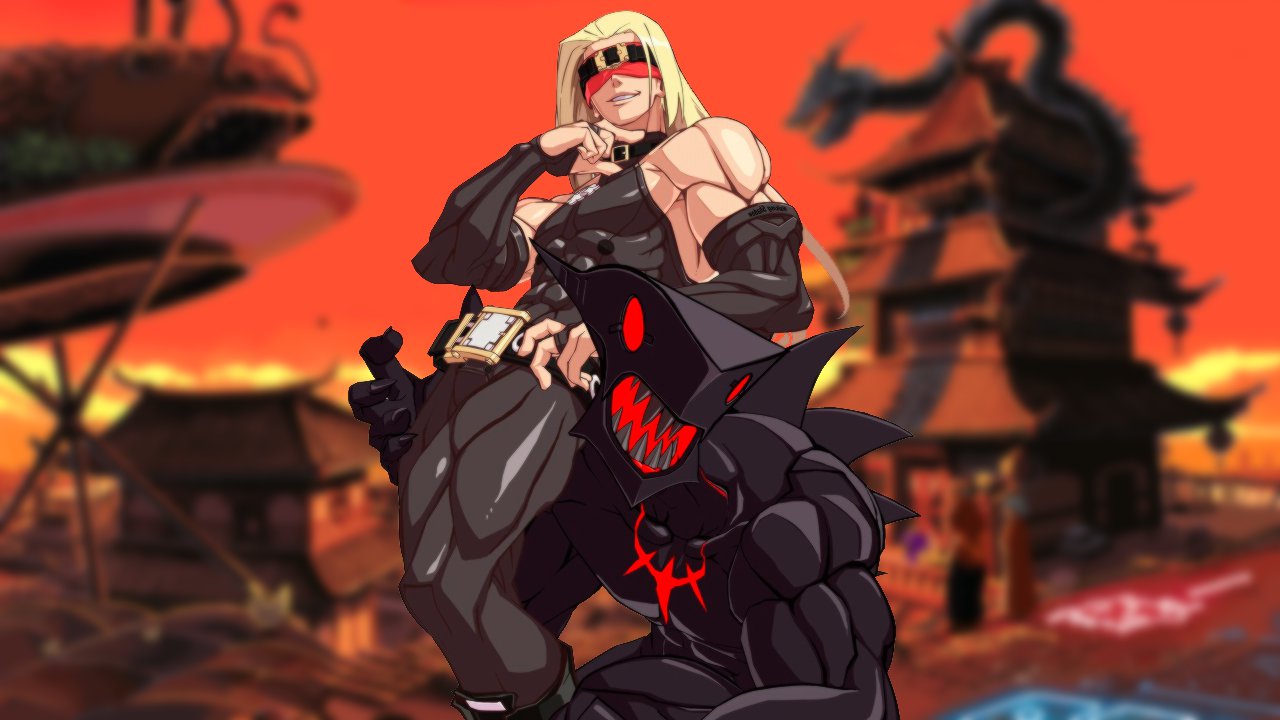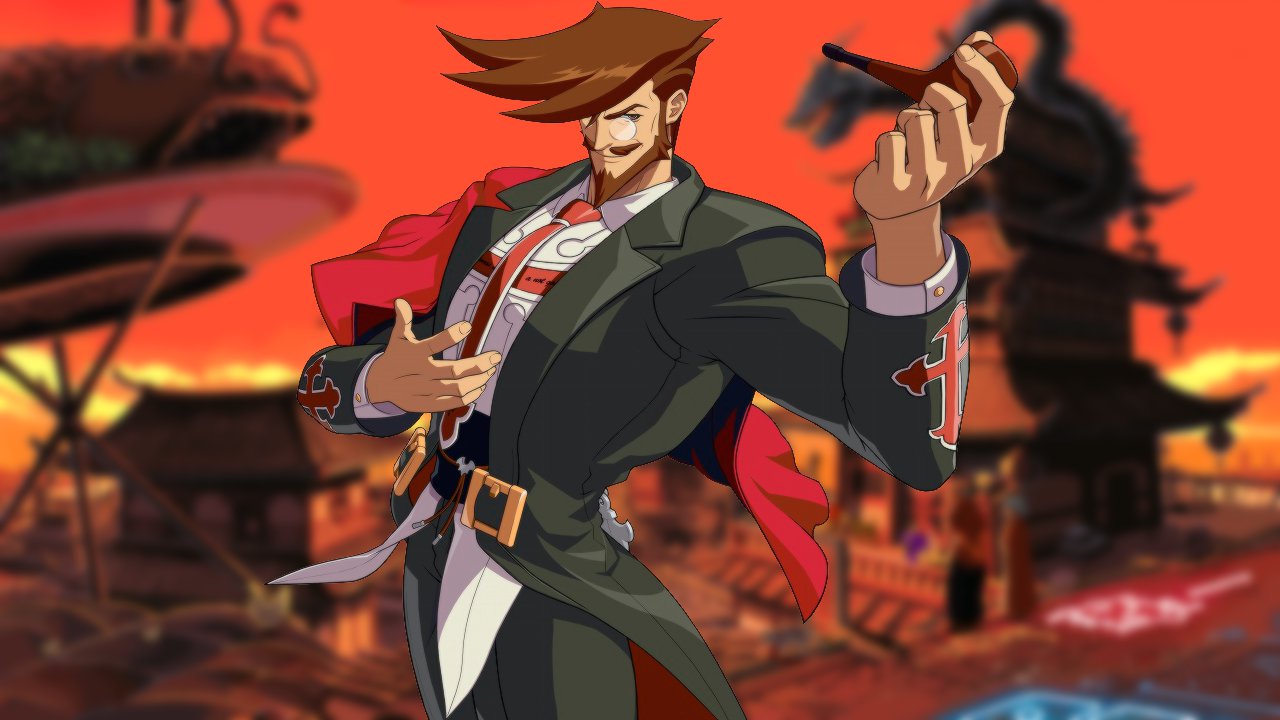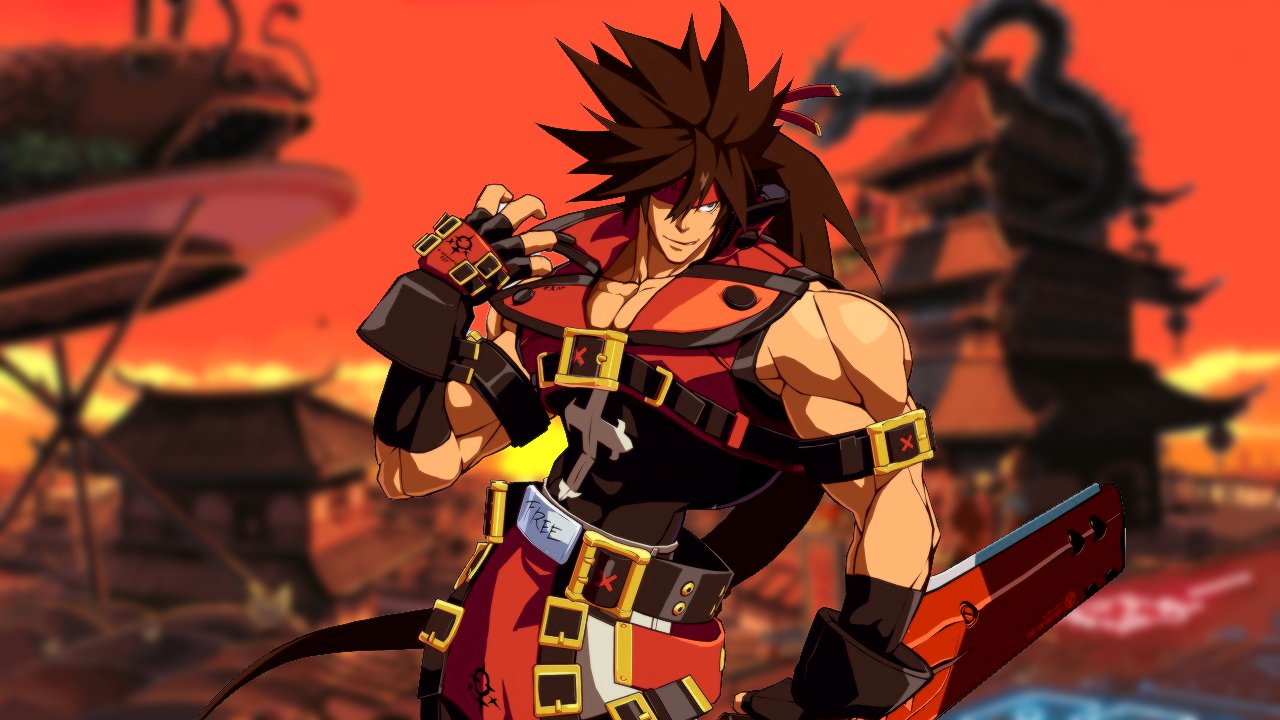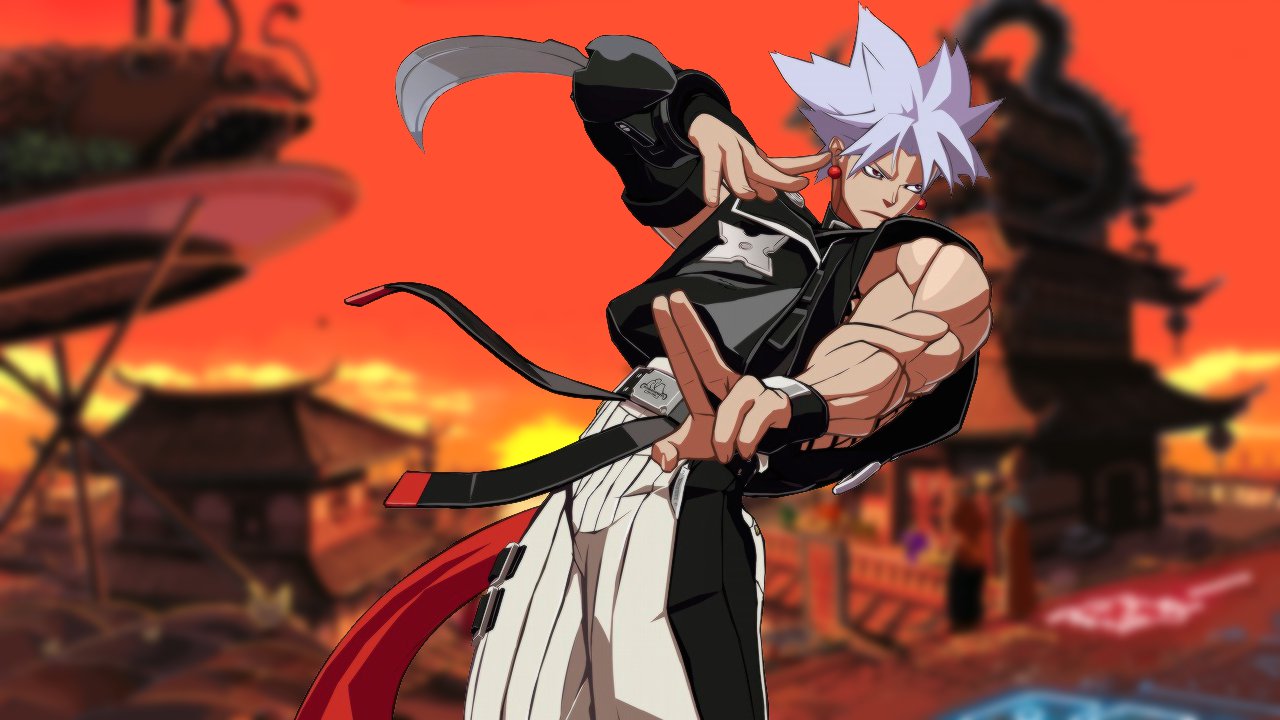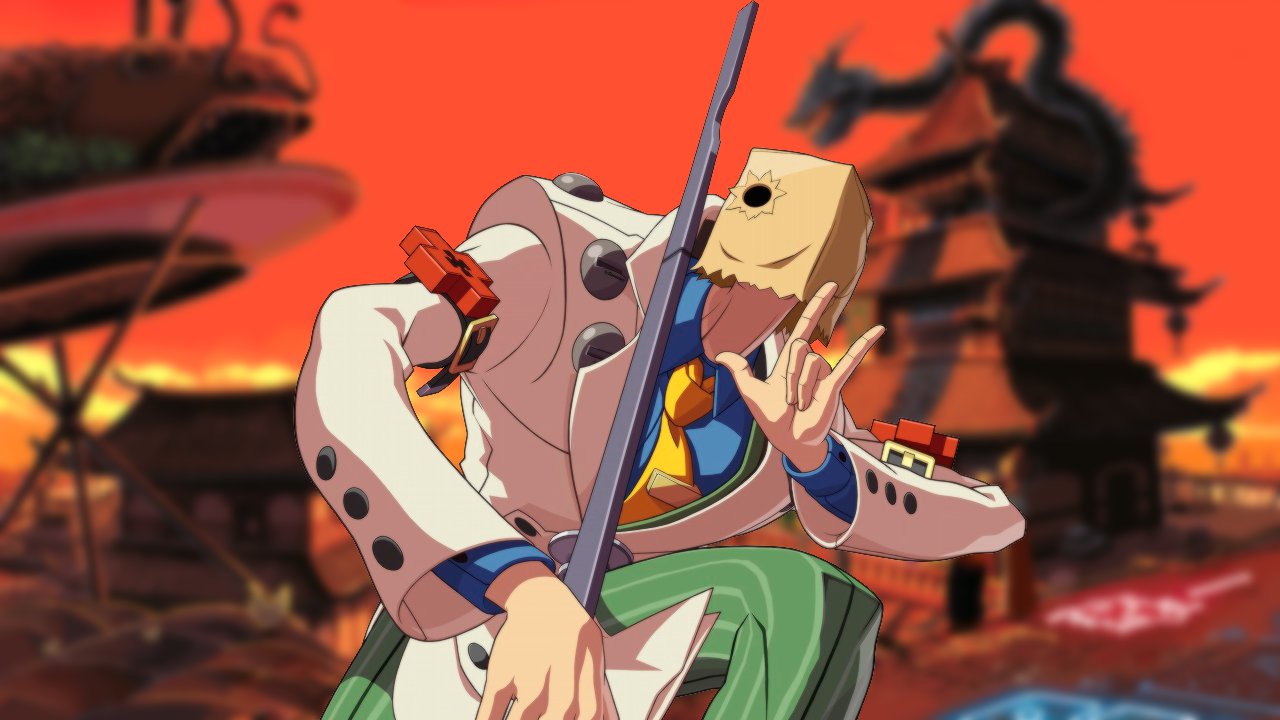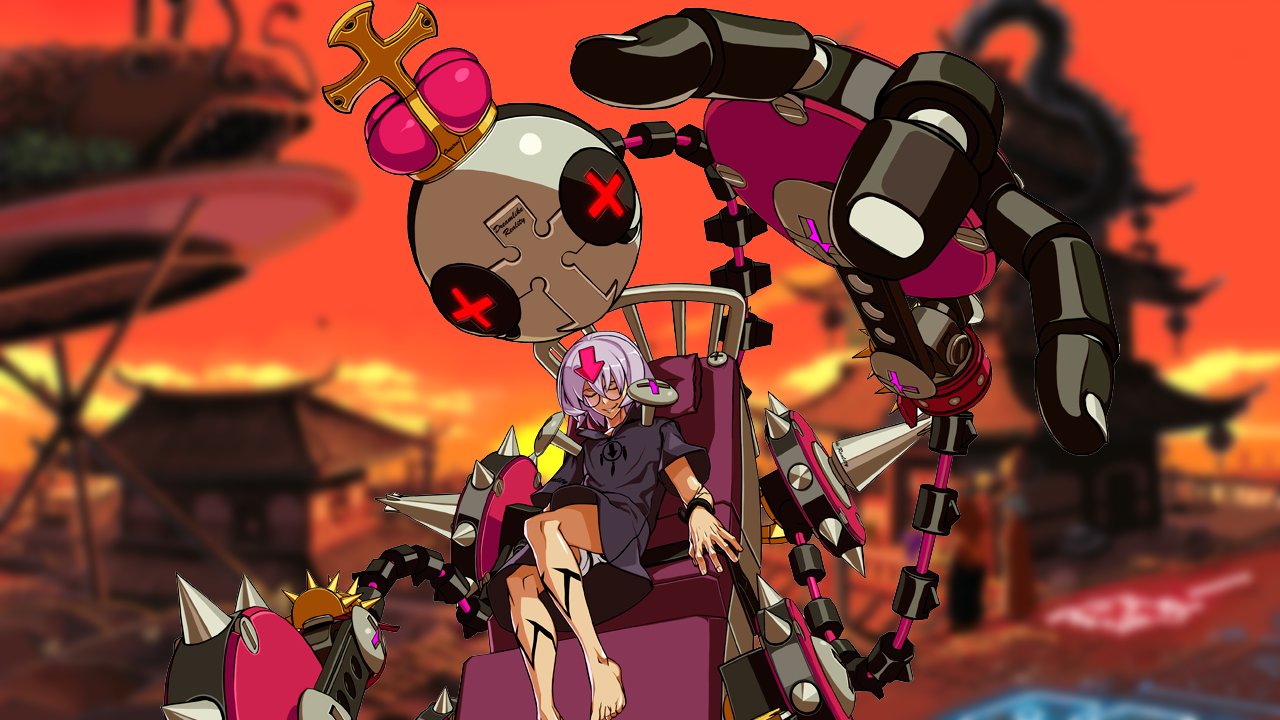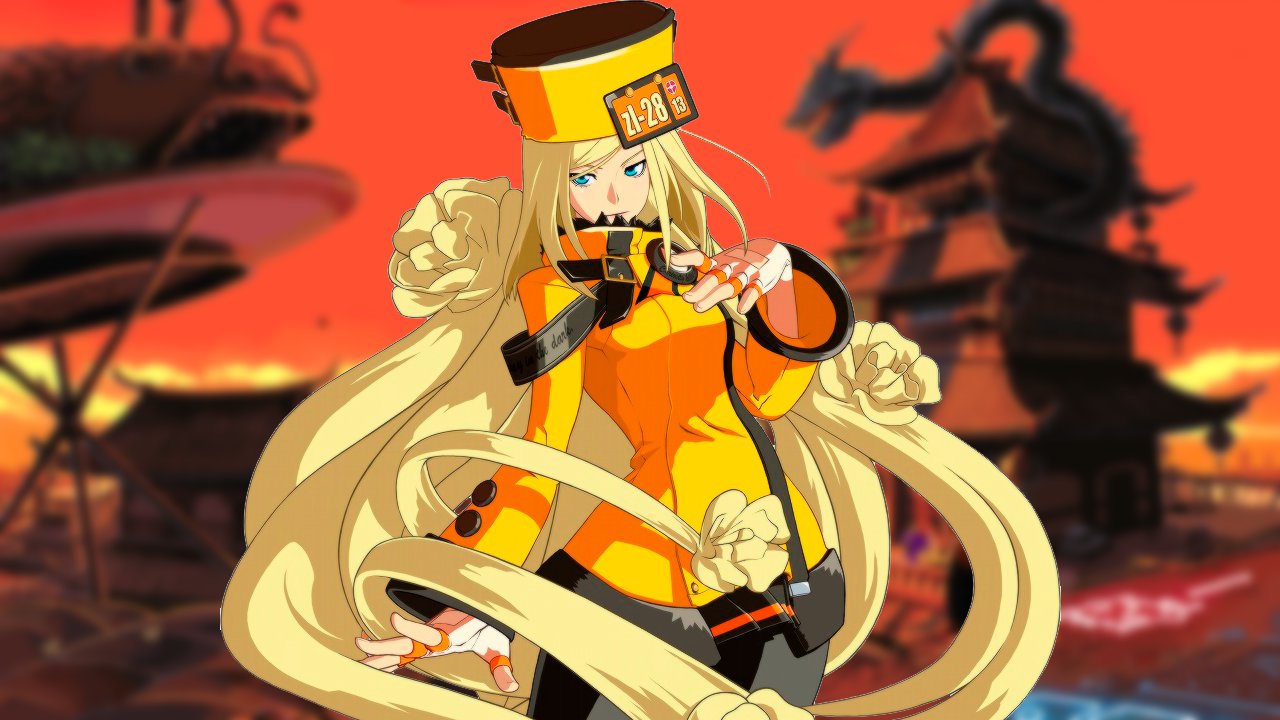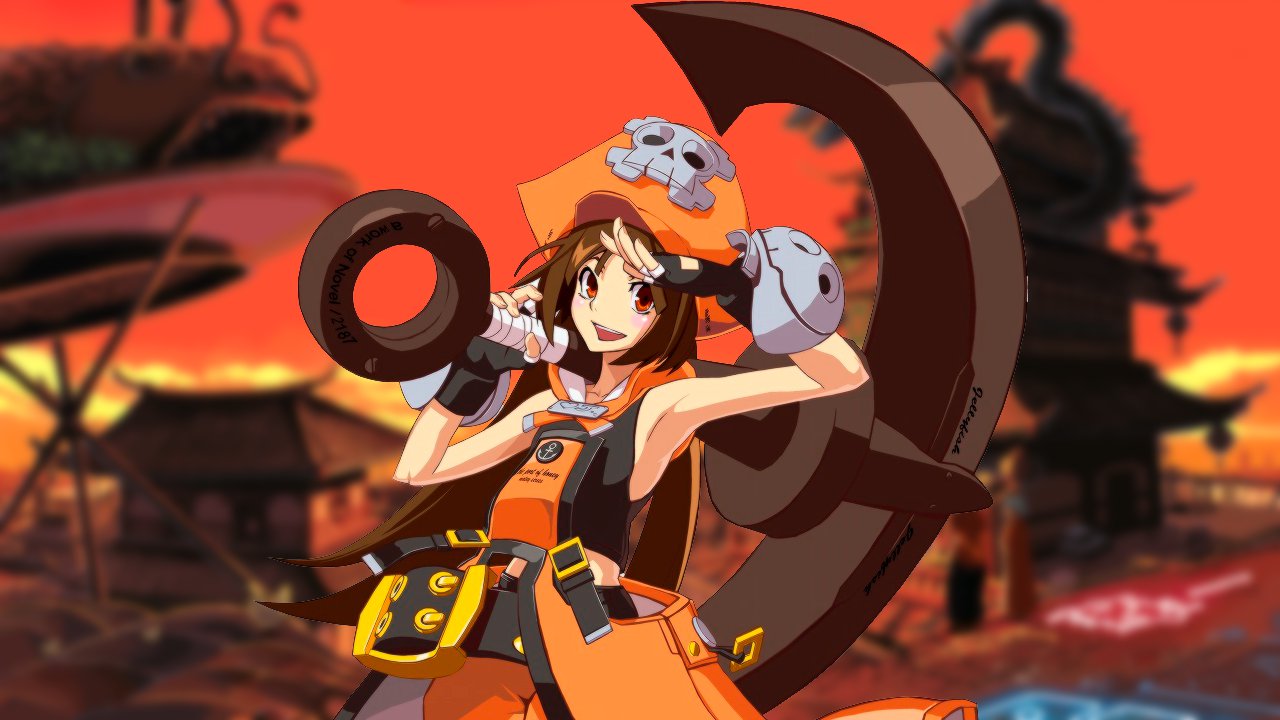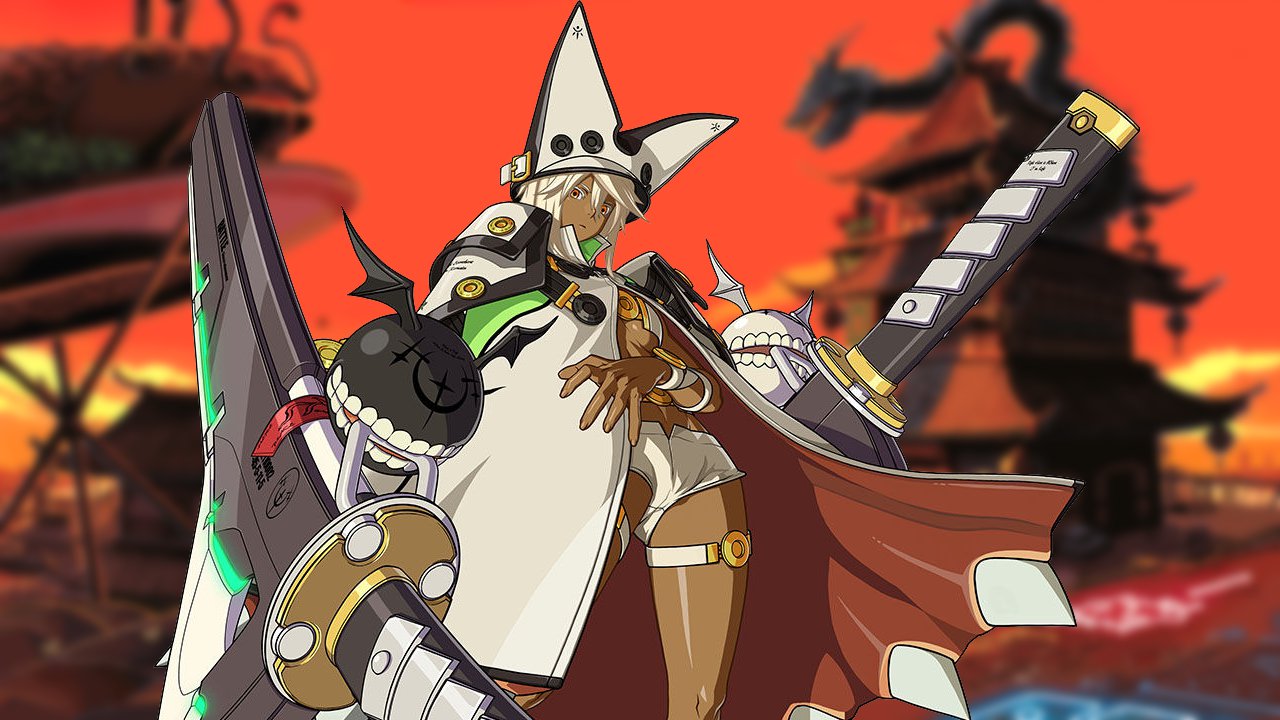GamesRadar+ Verdict
Guilty Gear Xrd Sign lives up to the high-speed standards of its predecessors, but doesn't bring enough of its own to the table to exceed them.
Pros
- +
Vibrant art style and stunning presentation
- +
Aggressive
- +
in-your-face matches
- +
New characters and mechanics are fun to play
Cons
- -
Roster feels small compared to other fighters
- -
Latency noticeable even on strong connection
- -
Stale educational modes
- -
poor replay sharing
Guilty Gear is mean. Underneath its cute, anime facade lurks a hard-rocking, in-your-face fighting franchise that'll bestow upon you one of the fastest and most colorful beatdowns this side of Marvel vs. Capcom 3. The oddly named Guilty Gear Xrd Sign strictly adheres to this tradition. The roster has taken some deep cuts and the underlying mechanics are a bit different, but the core experience remains unchanged. When you're in a fight, you're either relentless or get trampled underfoot. There's no room for pause, no hesitation. It's do or die. Heaven or Hell. Let's rock!
Xrd is undoubtedly a game for the returning Guilty Gear fan, one who saw the series' last major release way back in 2002 (Overture? Nope). For those who aren't in that camp, take heed: this game is a vast and complex labyrinth, the entirety of which you may never fully experience. It has over a decade's worth of narrative and technical baggage in tow - Roman Cancel, dust attack, Robo-Ky, Order-Sol - most of which you're expected to already know. It's a lot of fun once you wrap your head around it, just don't expect that transition to be easy.
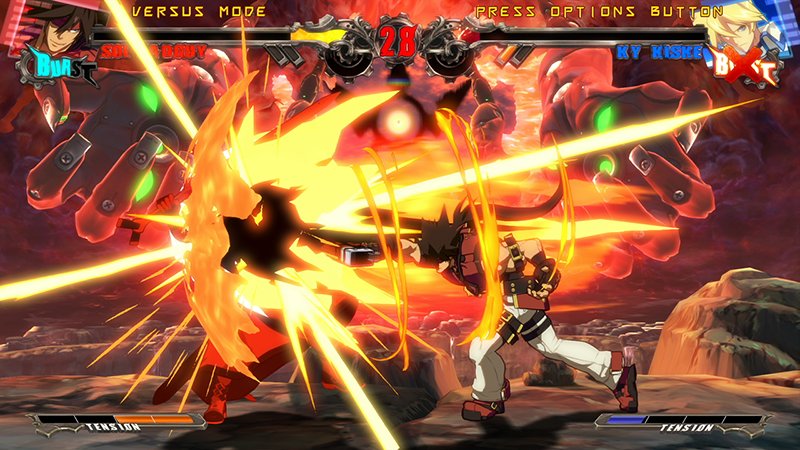
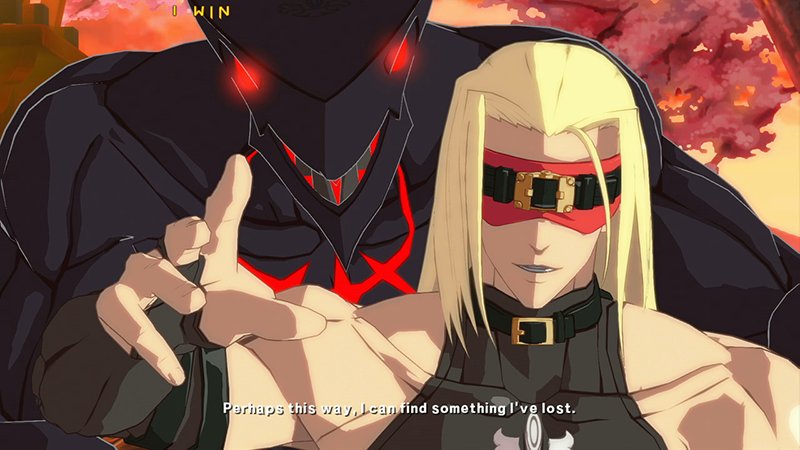
That's right, use a Roman Cancel. This halts your fighter's attack and lets you immediately move out of the way. You can also use this technique to link together moves and form combos that would otherwise be impossible.
Like its predecessors, Guilty Gear Xrd Sign is a 2D, one-on-one fighting game with a heavy anime influence. Its fast-paced play style makes the calculated combat of Street Fighter IV look like a leisurely chess match by comparison. Both games may share the same fundamentals, but Guilty Gear feels quicker and far more chaotic. Defeating your opponent is always the goal, but doing so requires smart application of your Tension meter. Nearly everything you do either generates, or consumes, Tension - and you always need more. Tension lets you tap into the game's underlying fighting mechanics, and unleash your strongest attacks. Victory follows those who know how to manage this resource wisely.
If you peek under the hood, you'll find these techniques aren't drastically different from those in previous Guilty Gear games. Roman Cancels are the ticket to big combos, and Bursts are your 'get out of jail free' card. There are a couple of notable additions, however, in Blitz Shield and Danger Time. Blitz Shield, a blocking technique that's difficult to time and requires significant Tension, will send your opponent reeling, leaving him or her open to attack. Danger Time (which sounds like a sweet action movie) may activate when two strong attacks collide. If it does, a brief countdown will occur before the fight resumes, only now all attacks are much stronger and it's easier to perform combos. Dangerous, indeed.
Together, these two new mechanics interrupt the cadence of a fight, but do so in a way that makes your eyes go wide and causes you to grip the controller a little tighter. They (quite suddenly) raise the stakes in an already high-stakes game, which keeps the combatants on their toes, and the viewers hyped.
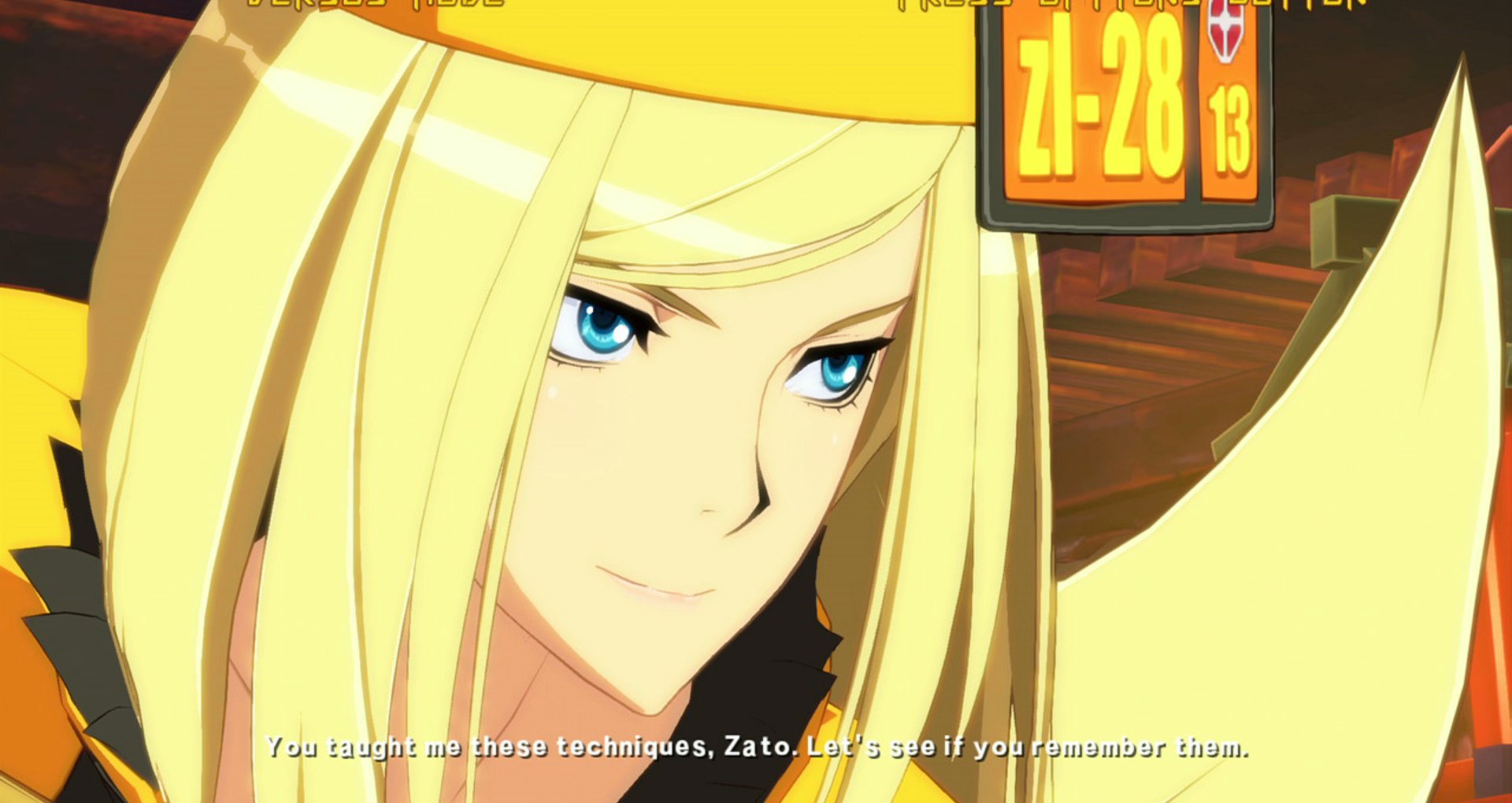
At 17 fighters total, Xrd's roster is smaller than most of its contemporaries’. This includes several painful absences, such as Baiken and Testament, who have been around since the first Guilty Gear and have interesting fighting styles. Newcomers Ramlethal and Bedman help fill in these vacancies. Both use indirect tactics, which sets them apart from the primarily close-quarters cast. Ramlethal wields two massive swords, which can travel across the screen and attack independently of her, while Bedman creates copies of himself that can be set and triggered similar to a landmine. Both of these fighters fit naturally into the roster, and offer something different from the returning warriors.
Outside of the core mechanics and characters, there are plenty of little touches that show off the developer's proficiency with the genre. For example, button configuration can be adjusted on the character select screen, and is tap-to-set, two features which save a lot of time when playing with large groups. In a fight, players must hold down the pause button for a few beats before it'll take effect, which helps curb accidental interruptions. These little details - and many others - may seem trivial, but they help keep the action flowing smoothly.
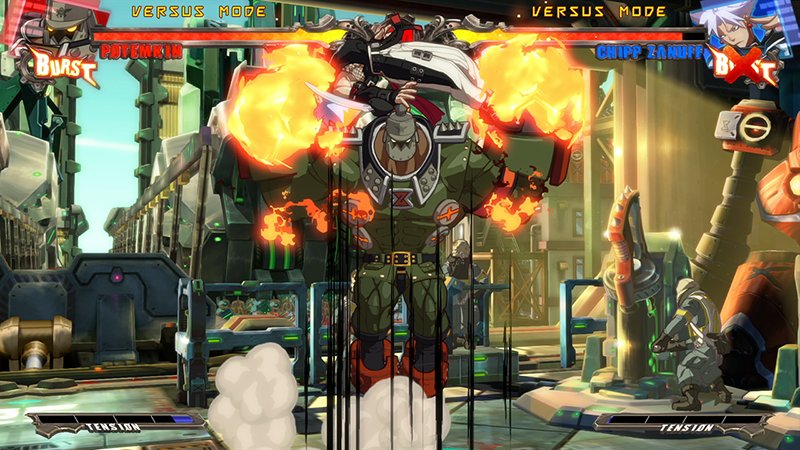
This keeps you focused on the stellar presentation. Xrd's Japanese-to-the-bone art style is clean and striking, and it pops with vibrant colors that add to the excitement. It's too bad the story Xrd tells is, quite frankly, bonkers. The whole thing is presented as a single, three-hour cutscene with no fights; you simply sit and watch. This heroic epic oscillates between clichéed anime caricatures - oh boy, an emotionless robot girl who learns about friendship - and what can laughingly be called the plot, which is pumped full of so much mythical mumbo-jumbo that it feels as if anything can happen at any time. It's all very amusing, but in a B-movie sort of way.
On the flip side, the game’s educational modes are far more reserved. They provide a ton of information, should players seek it out, but are presented in a very dry, clinical way. They're basically homework, and do little to hide it - which seems like a missed opportunity for getting players excited to learn the full roster. Tutorial mode is a notable exception, and is fully stocked with several useful options, including some character-specific settings for testing particular situations.
Online, Xrd creates a digital arcade for players to enjoy - when it's not hamstrung by lag. After selecting a server and lobby to join, players can enter a room and battle (or spectate) at one of four game stations. The rooms are small, so you never have to wait long to start a match, and it's easy to jump between multiple opponents at the different stations. In the games I played, latency was consistently noticeable, even against those with strong connections. Another issue is replay sharing. Replays can be an excellent teaching tool, but there's no central hub for viewing replays from others players. You can download replays other players choose to share on their profiles, but this is hardly comprehensive.
Taken as a whole, Guilty Gear Xrd Sign is a strong - yet unsurprising - fighting game. It plays well, but in largely the same ways as its predecessors. What new additions it does offer fit seamlessly into the game’s adrenaline-pumping fighting style. But those hoping for the next evolution of Guilty Gear after its long hiatus will have to make do with a fresh coat of paint. As the inevitable sequels and iterations trickle down, hopefully Xrd will grow into its own and strike out from the long shadow of its legacy.
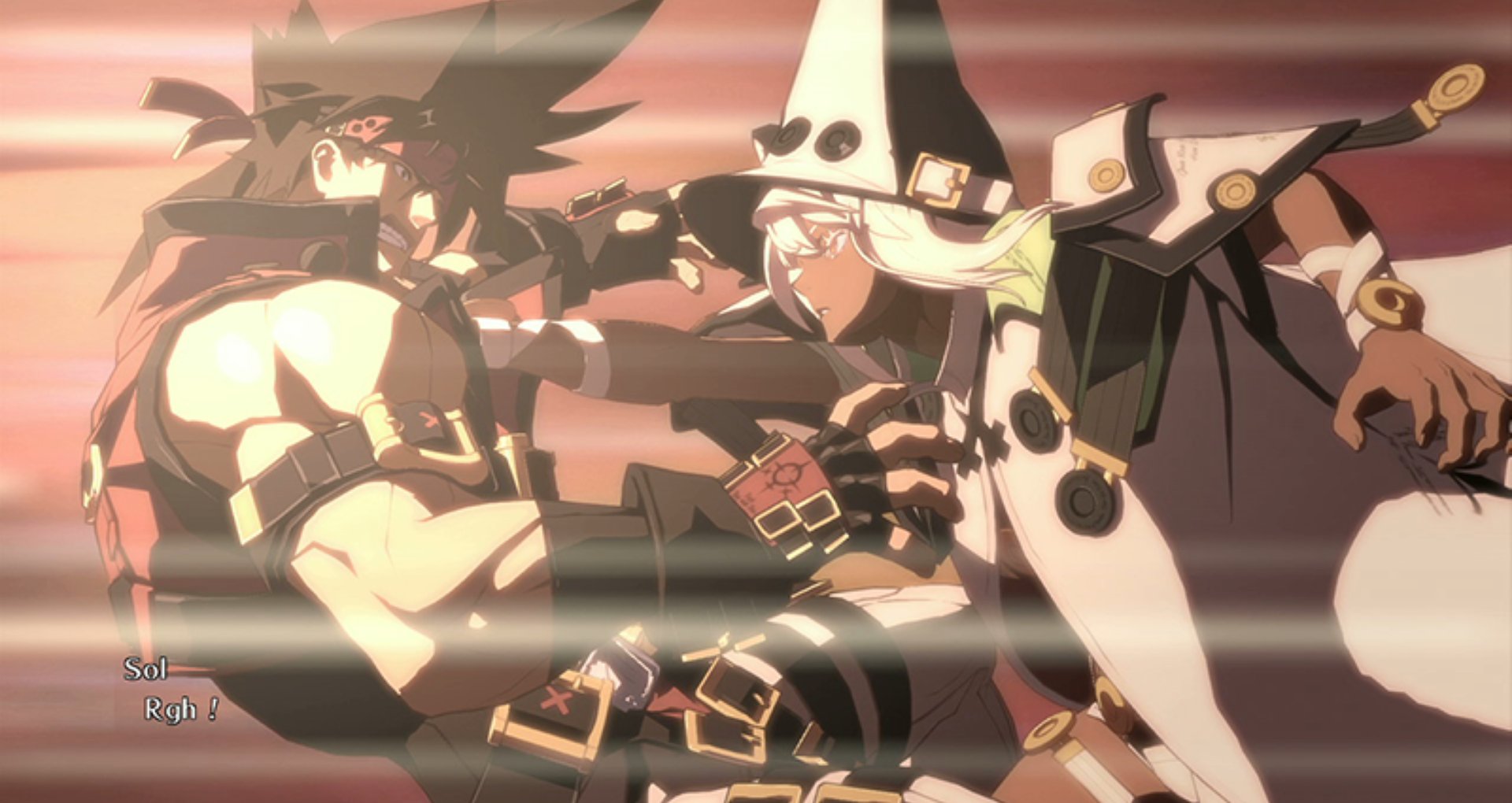
This game was reviewed on a PlayStation 4.
More info
| Genre | Fighting |
| Description | the next chapter in the Guilty Gear fighting series. |
| Platform | "PS4","PS3" |
| US censor rating | "Teen","Teen" |
| UK censor rating | "","" |
| Release date | 1 January 1970 (US), 1 January 1970 (UK) |
